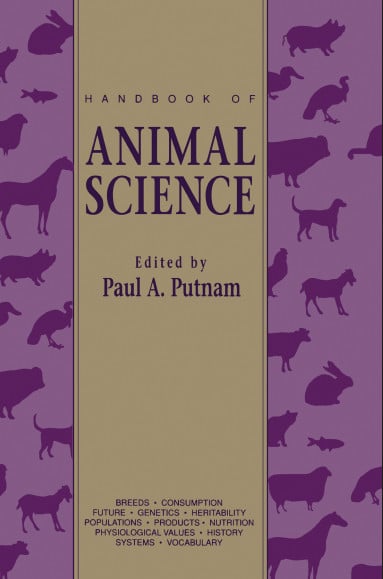
By Paul A. Putnam
Handbook of Animal Science provides information on history, breeds and genetics, statistics, animal health, production, product utilization, and future projections.
The focus is on large, domestic animals, but small animals are also covered. References are provided which will lead the reader to specialized subject areas. Each broad cross-section is written by respected authorities in the field.
This is a handy and convenient animal reference source for teachers, graduate students, and researchers in the fields of animal science, agricultural science, and food science and technology.
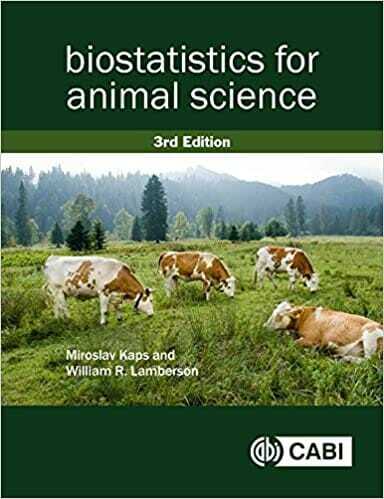
Table of Contents
- History and Background
- Our Livestock Heritage
- History of the Development of Animal Nutrition
- Contributions of Chemistry to Animal Nutrition
- Discovery of the Essential Nutrients
- Nonnutrient Growth-Promoting Substances
- Feeding Standards and Feed Values
- Other Advances that Have Aided Animal Nutrition
- Rumen Metabolism
- Biographical Sketches
- A Glossary of Terms Commonly Used in the Animal Industries
- Animal Breeds
- A Compilation of Heritability Estimates for Farm Animals
- Genetic Variation in Beef Cattle
- Populations
- Physiological Averages/Ranges
- Internal and External Parasites
- Major Infectious Diseases
- Reproduction
- Characteristics of Reproduction
- Manipulation of Reproduction
- Growth Rates
- Diet
- Age
- Growth Promoters
- Systems
- Protein Conversion Ratio
- Production Systems
- Resources
- Factors Affecting a Production System
- By-Products
- Manure
- Dressing Percentages
- Blood
- Hides and Skins
- Paunch and Intestinal Contents
- Bone
- Contribution of Red Meat to the U.S. Diet
- Demographics of Dairy Cows and Products
- Projections on Future Productive Efficiency
- Projections on Future Productive Efficiency for Products of Animal Origin
- Other Considerations
- Per Capita Consumption of Foods from Animal Origin
- Regional Shifts in Animal Production
- Issues that Relate to Animal Agriculture
- Research Needs
- Index




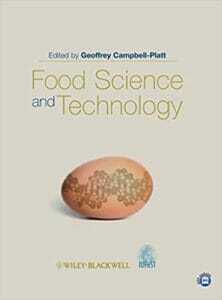



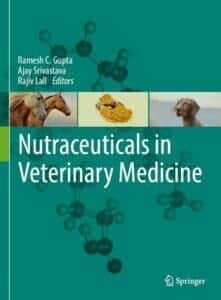

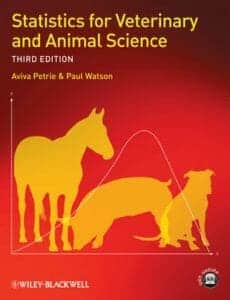
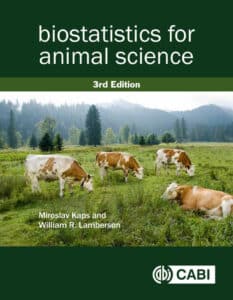




![Ettinger’s Textbook of Veterinary Internal Medicine 9th Edition [PDF+Videos] Ettinger’s Textbook of Veterinary Internal Medicine 9th Edition [True PDF+Videos]](https://www.vet-ebooks.com/wp-content/uploads/2024/10/ettingers-textbook-of-veterinary-internal-medicine-9th-edition-100x70.jpg)

![Textbook of Veterinary Diagnostic Radiology 8th Edition [PDF+Videos+Quizzes] Thrall’s Textbook of Veterinary Diagnostic Radiology, 8th edition PDF](https://www.vet-ebooks.com/wp-content/uploads/2019/09/textbook-of-veterinary-diagnostic-radiology-8th-edition-100x70.jpg)






